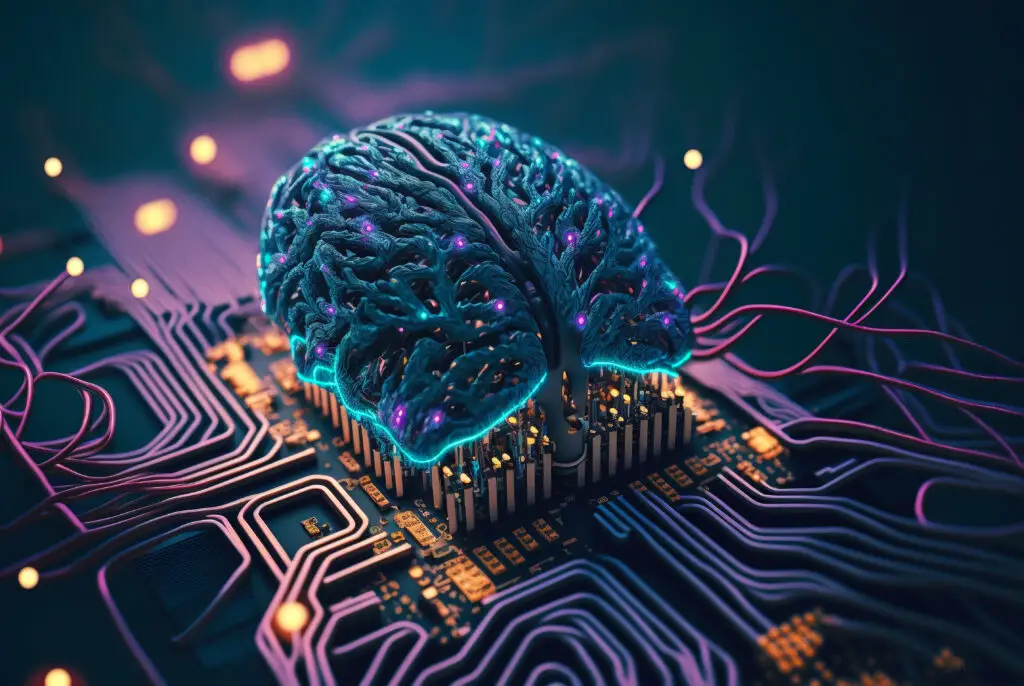Cybernetics, a term coined by Norbert Wiener in 1948, marks the intersection of technology, biology, and human-machine interaction. It has since evolved from an abstract theory into a practical field that has revolutionized various aspects of our lives, from communication and artificial intelligence to robotics and biomedical applications. In this narrative, we will explore the origins, key concepts, and real-world applications of cybernetics, tracing its journey from theory to reality.
The Birth of Cybernetics
The foundations of cybernetics can be traced back to the early 20th century when scientists and engineers were exploring the possibilities of feedback control systems. Norbert Wiener, a brilliant mathematician and philosopher, played a pivotal role in bringing these ideas together. In 1948, he published “Cybernetics: Or Control and Communication in the Animal and the Machine,” a groundbreaking work that introduced the term “cybernetics” to the world.
Wiener’s cybernetics theory focused on feedback loops, information processing, and control systems, drawing intriguing parallels between biological organisms and machines. He proposed that systems, whether biological or mechanical, could be studied through a common framework, emphasizing the importance of feedback mechanisms in maintaining stability and achieving goals.
Key Concepts of Cybernetics
To delve deeper into cybernetics, it’s essential to understand its key concepts in detail. At the core of cybernetics are feedback loops, mechanisms that allow a system to self-regulate. These loops can be negative (corrective) or positive (amplifying), depending on their impact on system behavior.
Another integral concept is information theory, developed by Claude Shannon around the same time as cybernetics. Information theory provided a rigorous mathematical foundation for understanding communication and data transmission. It quantified the amount of information in a message and introduced the concept of entropy, which measures the uncertainty or surprise associated with information.
Cybernetics also emphasizes the study of control systems, which govern the behavior of machines, organisms, and even societies.
These systems use feedback to maintain stability and achieve desired outcomes. Control theory, a branch of cybernetics, has found applications in fields as diverse as engineering, economics, and biology.
Additionally, cybernetics introduced the concept of self-organization, a fascinating phenomenon where complex systems can spontaneously organize themselves into coherent structures or behaviors, often referred to as emergent properties. This concept has been instrumental in understanding phenomena like the flocking of birds, traffic flow, and even the formation of galaxies.
Early Applications of Cybernetics
As cybernetics gained prominence in the mid-20th century, it found applications in various fields, each with its own set of detailed developments. In communication, for instance, the development of information theory led to significant advancements in communication technology. This included the creation of digital communication systems, which laid the foundation for the modern internet and our interconnected world.
In the realm of robotics, cybernetics played a crucial role in the development of machines capable of sensing their environment, processing information, and adapting to changing conditions. Early robotic systems were designed with feedback control mechanisms, enabling them to perform tasks with precision and adapt to unexpected situations.
Early AI researchers, inspired by cybernetics, aimed to create machines that could mimic human learning and decision-making processes. While this quest led to the development of neural networks and machine learning algorithms, it was cybernetics that provided the theoretical framework for understanding how these systems could adapt and improve over time.

Moreover, cybernetic principles were applied to medical devices, such as pacemakers and prosthetics, with a focus on the intricate details of how these devices could interact with the human body. By incorporating feedback mechanisms, these devices could adjust their operation in response to physiological changes, greatly enhancing their effectiveness and safety.
Cybernetics in the Modern World
As cybernetics continued to evolve, its influence expanded, transforming various aspects of our lives with more advanced and detailed applications:
AI and Machine Learning: Machine learning, a subset of artificial intelligence, relies heavily on cybernetic principles. Neural networks, inspired by the feedback mechanisms of the human brain, have become the backbone of modern AI. Detailed algorithms, trained through vast datasets, now power everything from voice recognition systems to recommendation engines. These systems continuously adapt and improve through feedback loops, optimizing their performance over time.
Cybersecurity: The interconnectedness of systems in the digital age has made cybersecurity a paramount concern. Cybernetics provides a detailed framework for understanding and defending against cyber threats. By modeling and analyzing the behavior of complex systems, including computer networks, cybersecurity experts can detect anomalies and potential attacks, allowing for more proactive and detailed threat mitigation.
Autonomous Vehicles: Self-driving cars, a hallmark of modern technology, rely heavily on cybernetic principles. These vehicles use an array of detailed sensors, such as LIDAR and cameras, to perceive their surroundings in intricate detail. Feedback mechanisms constantly adjust their steering, acceleration, and braking to navigate safely in unpredictable environments, ensuring the highest level of safety and reliability.
Healthcare: In the field of healthcare, cybernetics plays a vital role in the development of smart medical devices and systems. Intricate sensors, detailed algorithms, and real-time feedback mechanisms are used in devices like insulin pumps and continuous glucose monitors for diabetes management. Telemedicine platforms leverage cybernetic principles to provide detailed, remote patient monitoring and personalized treatment plans, improving the quality of care and patient outcomes.
Social Systems: Cybernetic concepts have been applied to understanding and modeling social systems, such as economic markets, political dynamics, and online communities. Detailed mathematical models help policymakers and social scientists analyze data, predict trends, and make informed decisions. Additionally, detailed behavioral analysis on social media platforms provides insights into user interactions and content propagation, which can be used for targeted advertising and content moderation.
Ethical and Philosophical Considerations
As cybernetics continues to shape the world, it raises important ethical and philosophical questions, each deserving of detailed consideration:
Privacy and Data Security: The detailed data collection and interconnectedness of systems in the digital age have led to concerns about the privacy and security of personal information. The detailed tracking of user behaviors and preferences can result in detailed profiles that raise questions about individual autonomy and the potential for abuse.
Autonomy and Control: With the rise of AI and autonomous systems, detailed questions arise about who should have control over decision-making and responsibility for unintended consequences. The detailed algorithms that govern these systems may exhibit biased behavior or make detailed decisions that impact individuals’ lives. Ethical considerations must be detailed and nuanced to address these issues.
Human-Machine Interaction: As humans interact more closely with machines, the ethical implications of these interactions become increasingly significant. Detailed considerations about the potential for empathy and understanding in AI systems, as well as the ethical treatment of robots, are essential. Detailed codes of conduct and standards must be established to ensure that human-machine interactions are respectful and safe.
Technological Unemployment: Automation driven by cybernetic technologies can lead to job displacement, requiring society to address the economic and social consequences. In-depth discussions about retraining, income redistribution, and the future of work are critical to ensure that technological advancements benefit all members of society.
Conclusion
Cybernetics, once a theoretical concept, has evolved into a foundational discipline that underpins many aspects of our modern world. Its principles, rooted in feedback, information theory, and control systems, have not only transformed technology but also reshaped how we view and interact with the world around us. As we continue to navigate the ethical and philosophical challenges posed by cybernetics, it remains essential to embrace its potential while considering its detailed implications for society, ethics, and the future of humanity. The detailed and ongoing exploration of these questions will shape the responsible and ethical use of cybernetics in the years to come.




